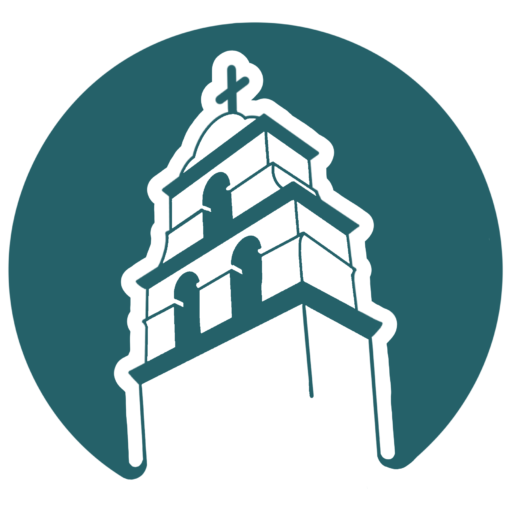The Spanish flu pandemic of 1918 was the most severe in recent history, and yet it is largely forgotten today. Despite killing more people than were killed in combat in both World Wars combined. The pandemic was poorly covered by newspapers of the day, as a world war was going on. It is often left out of history books. Where it exactly started is unknown, but it was observed in Europe, American and parts of Asia, before spreading completely around the earth in a matter of months. It infected about 500 million people, about one-third of the planet’s population, and killed at least 50 million people worldwide, with about 675,00 of those deaths occurring in the United States. Like any flu virus it was highly contagious. It was a new strain for which there was little or no immunity and there were no effective drugs or vaccines to stop the virus from hijacking a host’s cells and replicating itself. The first wave of the flu in the spring of 1918 was generally mild, and the sick usually recovered after several days. However, in the fall of 1918 a second wave – a mutation of the virus appeared, and victims died within hours or days of showing symptoms. The worst- affected individuals died from a condition called cyanosis, where the lips, cheeks and ears turn a purple-blue color as their lungs filled with choking fluids. At the time very little was known about viruses and their transmission. However, citizens were ordered to wear masks, and schools, theaters, churches, and businesses were ordered closed. Most of the deaths were compressed into a short four-week period. Bodies piled up in makeshift morgues. It came to be called the Spanish flu because Spain was hit hard by the virus. But also Spain was neutral in the on-going World War I and its Spanish news media could report news of the virus while the other European countries had news blackouts. Pope Benedict XV was elected Pope six weeks after the beginning of World War I. He called it “the suicide of civilized Europe.” The greater part of his papacy was occupied with war problems as he sought to mediate between the belligerents. He had to lead the Church not only through the war but through the pandemic. Historians think that the rapid movement of soldiers was a major spreader of the disease and most modern experts believe that American soldiers brought the virus to Europe. More U.S. soldiers in World War I died from the Spanish flu than were killed in battle. Spain’s king Alfonso XIII reportedly contracted the flu and it is believed that US President Woodrow Wilson contracted it while negotiating the peace treaty at Versailles in 1919. Later in 1919 the pandemic slowed down to manageable levels and by then it had either killed everyone it infected, or the survivors had developed immunity. Pope Benedict XV died of the flu complicated by pneumonia at the age of 67 in 1922. The flu wiped out entire families and left countless widows and orphans. Businesses were shut down because so many employees were sick. Basic services such as mail delivery and garbage collection were slowed or stopped and in some places there were not enough farm workers to harvest crops. Special praise must be given to those Catholic nuns who helped fight the epidemic in the United States. Thousands of women religious took on nursing duties in hospitals or clinics and went into private homes to offer food, medicine, comfort and even housecleaning to families affected by the Spanish flu. They gave service “which money alone could never have purchased”, as the Boston Public Health Commissioner wrote. “These devoted women, many of them teachers and not at all used to nursing, never hesitated to perform services which are the duty of the professional trained nurse.” “Whatever was needed to be done it was their pleasure to do.” Many of the hospitals would have been dangerously understaffed and unable to care for the infected without the nuns. Those sisters provide us a model to follow and aspire to today in our present coronavirus crisis. We should look for ways to support our neighbors rather than run from them, and find strength in our communities, and put others before ourselves.
